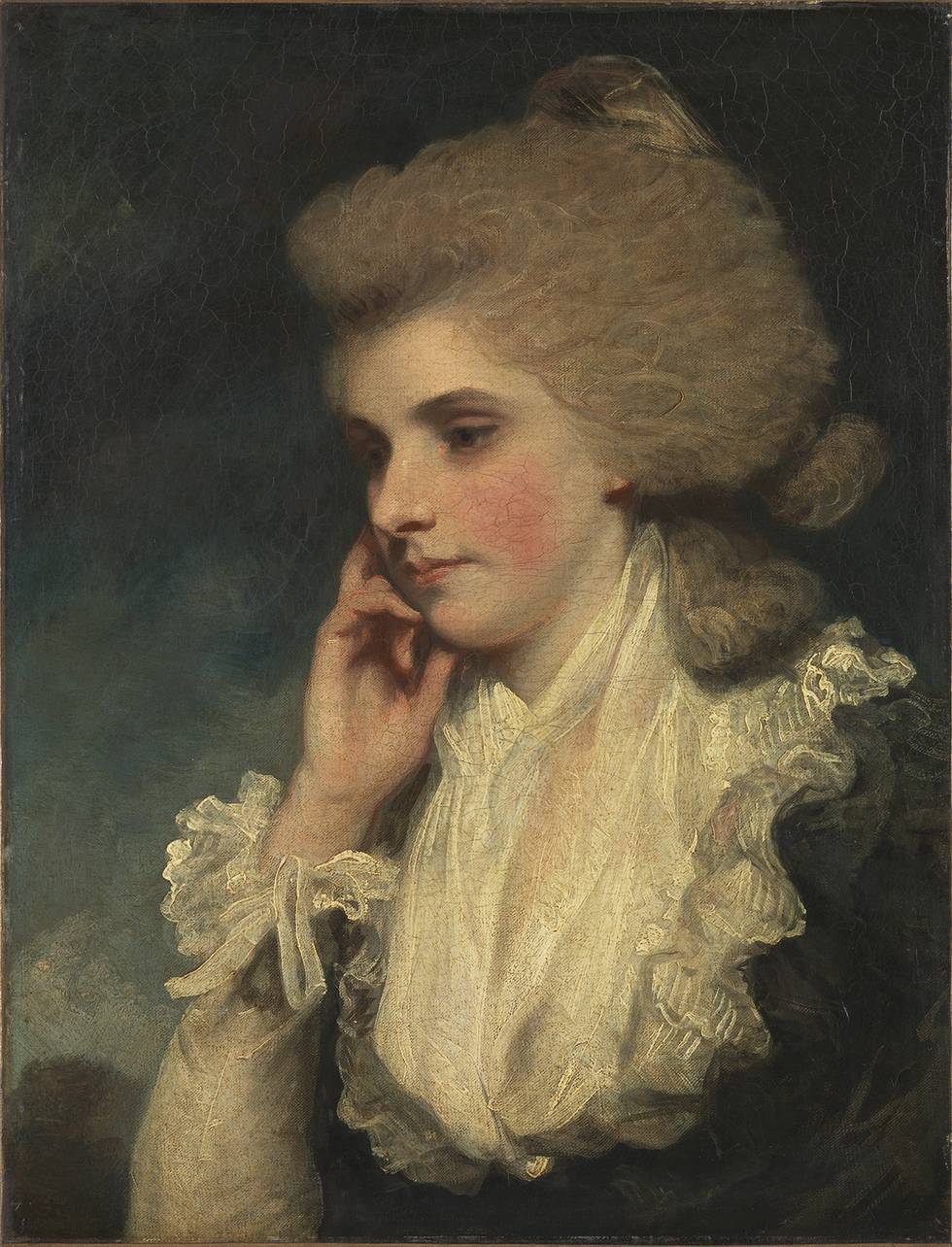The Wallace Collection is fortunate to have in its care one of the largest and most important groups of paintings by Joshua Reynolds anywhere in the world. Commissioned and collected by several generations of the Seymour-Conway family (who founded the museum) across two centuries, the group not only demonstrates Reynolds’s virtuosity as a painter but also his pioneering forms of portraiture.
His drive for innovation was formed early in his career when he travelled to Italy in 1749, and reinforced through his later visit to the Low Countries in 1781. He immersed himself in their visual cultures, studied the work of the old masters and sought out new markets, compensating for what he believed to be an inadequate artistic training and the limitations of the British system, which encouraged proficiency in a single type of painting: portraiture.
Reynolds was aware of contemporary artistic developments, too. Through his radical treatment of artistic materials and response to the techniques and practices of his rivals, like Thomas Gainsborough and George Romney, as well as those of the old masters, he succeeded in reworking established pictorial genres. He also sought to reform artistic training in Britain by founding the Royal Academy and designing a formal curriculum for young artists.

